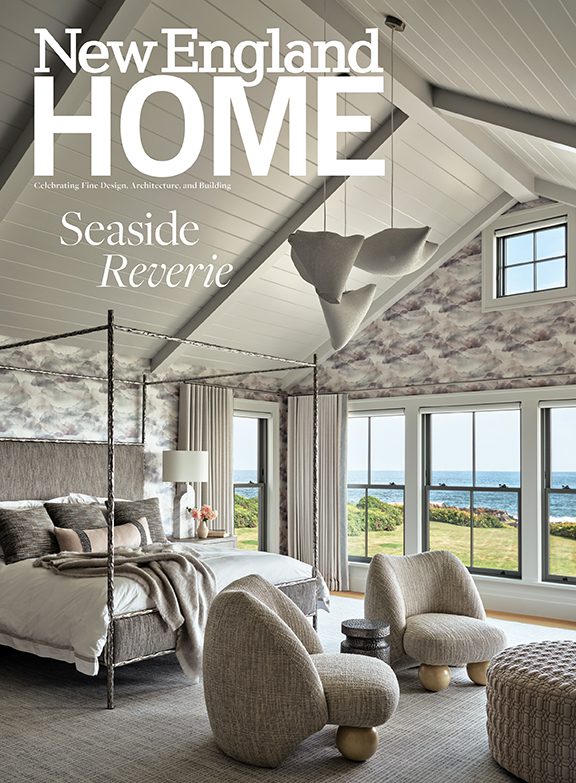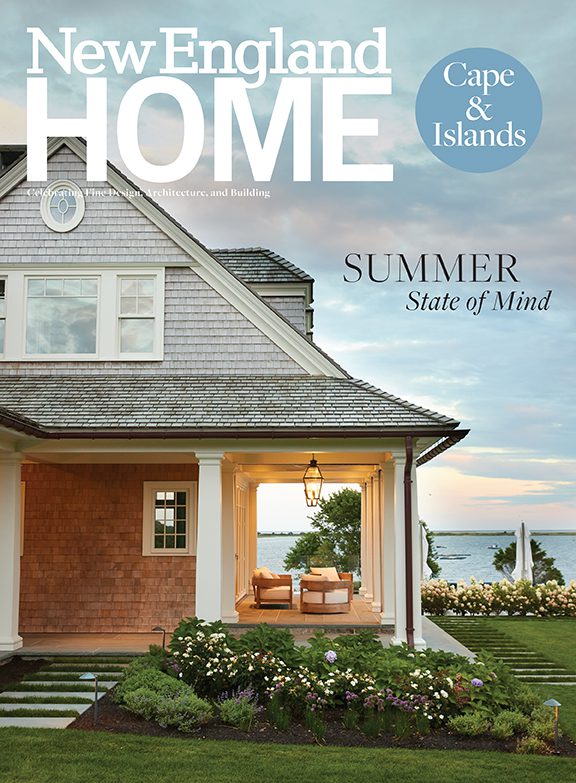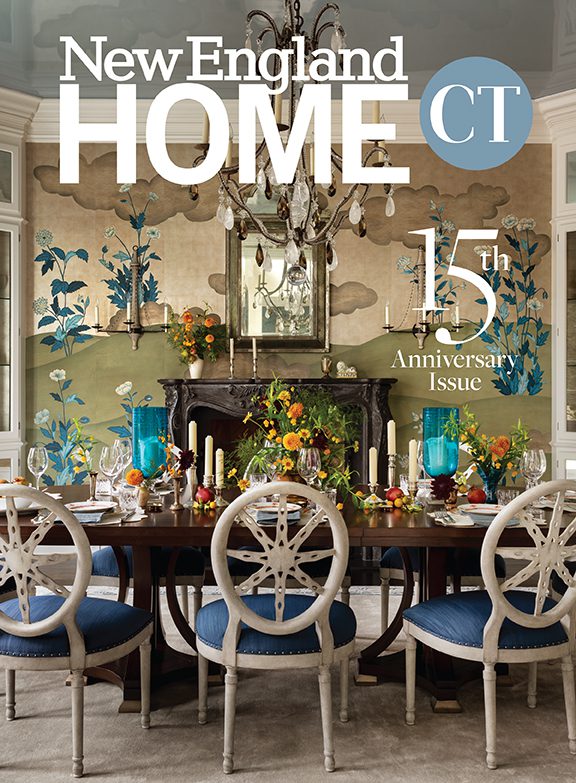Pattern Play: Artist Anoka Faruqee
October 31, 2016
Anoka Faruqee’s psychedelic moiré paintings are at once simple and complex, deliberate and spontaneous.
Text by Allegra Muzzillo
Artist Anoka Furuqee
In Anoka Faruqee’s childhood home in Bethesda, Maryland, pattern was an ever-present influence. “Our hallway was covered in leopard print and there were butterflies all over the bathroom walls,” she says, recalling the memory fondly. Faruqee’s parents emigrated from Bangladesh in the 1960s, and, she says, “They just layered their Bangladeshi embroideries and Turkish rugs on top of the already-there psychedelic patterns.”
Faruqee, a painter who now lives in New Haven, credits this early exposure for her love of color and pattern. It’s no coincidence that she references psychedelia; her gyratory, vertiginous works seem well tethered to that aspect of 1960s counterculture. The era’s ubiquitous abstractions and curvilinear graphics were actually influenced by much older South-Asian designs, the artist notes. “In this sense, I come around full-circle in terms of influence.”
Her earliest works—completed in the late 1990s, while she was in grad school at The Tyler School of Art at Temple University in Philadelphia—were informed by her study of pattern, particularly that found in Persian and Indian miniature paintings and Islamic textiles and ceramics. Back then, she tapped into her innate sense of discipline (a skill honed during her undergraduate studies at Yale University) to paint grid-like—and seemingly digitized—repeat patterns completely freehand. “It was a very labor-intensive process,” she concedes. For example, in pieces such as Houndstooth Painting (1996) and Asterisks Painting (1999), Faruqee painted a single shape over and over, moving across the blank canvas.
By 2012, Faruqee’s work had become more—and, at once, less—complex as she further explored systems of repetition. Moiré patterns in particular excited her. (A moiré effect is created when two patterns overlap to create a third, new pattern.) Moirés are a by‑product of digital interference that the eye interprets and amplifies as a visual pattern.
The patterns are complex, but Faruqee’s execution eventually became simpler; she traded in her paintbrush for a handheld tile trowel to make evenly spaced moiré striations—a process she developed with her husband, artist David Driscoll, who sometimes helps her to maneuver the larger trowels. It was a breakthrough, she says. “By raking through wet paint in a single gesture, I could cover the whole span of the canvas with lines.” Now, Faruqee uses an array of up to fifty customized metal trowels hat have been specially fabricated for her use. Paint is allowed to dry and gets sanded between applications, after which she lays down another color, and another, until the moirés develop an undulating, voluminous, three-dimensional quality that Faruqee amplifies simply by increasing the contrast of light and dark.
These moiré patterns might look computer generated except for occasional anomalies (“Glitches,” Faruqee calls them), such as paint slips, shaky lines, and drops of paint leaking over the sides of her canvas. It’s this intersection of human versus machine that’s integral to the understanding of Faruqee’s work. These glitches give the viewer a clue as to how the work is made.
Her paintings are largely inspired by the things she observes in her daily life, such as the way light hits certain surfaces, or how it penetrates glass or water. “As an artist, you’re always on the lookout,” she says. “You tune yourself to be aware of odd color moments in the world to revisit later, in a painting.”
As for her method, the artist utilizes equal measures of preparation and the willingness to be surprised. It’s “a combination of planning and not planning,” she says. She maps out new designs in Photoshop and has used the software program to create a vast color archive. The acrylic colors are usually chosen beforehand—acrylic, because its viscosity and translucency are easily controlled—but the design and the just-so way the lines snake across her square panels is fairly unpredictable. It’s precisely this unpredictability that excites Faruqee, along with the patterns’ and colors’ self-generating qualities; it’s the ability to see planned combinations of colors and patterns morph into the unexpected. “They’re joyous paintings in many ways,” says Faruqee, “but they also have an edge, which makes them slightly cold. And that edge is something I’m really interested in.” •
editor’s note: Anoka Faruqee is represented by Koenig & Clinton, New York City, koenigandclinton.com. To see more of her work, visit anokafaruqee.com.
Share
![NEH-Logo_Black[1] NEH-Logo_Black[1]](https://b2915716.smushcdn.com/2915716/wp-content/uploads/2022/08/NEH-Logo_Black1-300x162.jpg?lossy=1&strip=1&webp=1)














You must be logged in to post a comment.